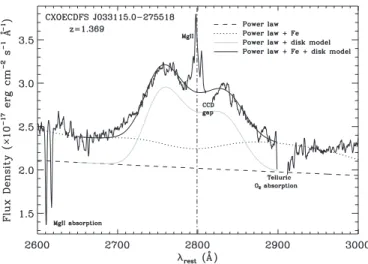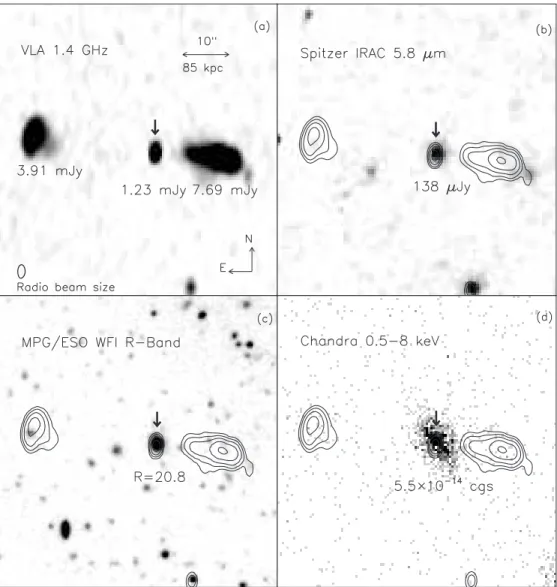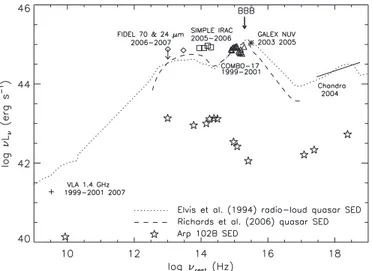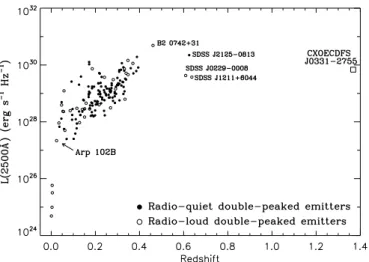Discovery of the Most Distant Double Peaked Emitter at z=1 369
Texto completo
Figure




Documento similar
In addition, precise distance determinations to Local Group galaxies enable the calibration of cosmological distance determination methods, such as supernovae,
The recent financial crisis, with its origins in the collapse of the sub-prime mortgage boom and house price bubble in the USA, is a shown to have been a striking example
Astrometric and photometric star cata- logues derived from the ESA HIPPARCOS Space Astrometry Mission.
The photometry of the 236 238 objects detected in the reference images was grouped into the reference catalog (Table 3) 5 , which contains the object identifier, the right
In addition to traffic and noise exposure data, the calculation method requires the following inputs: noise costs per day per person exposed to road traffic
In the previous sections we have shown how astronomical alignments and solar hierophanies – with a common interest in the solstices − were substantiated in the
Although the heavy overlap of the lines makes it difficult to discern the shape clearly, the line profile looks double- peaked (Figure 3). This is the first time that the line
We use three simple geometric models of the ionized gas to compare to the observed centroid motion of Brγ emission: the gas at the inner rim of a rotating disk, in an accretion